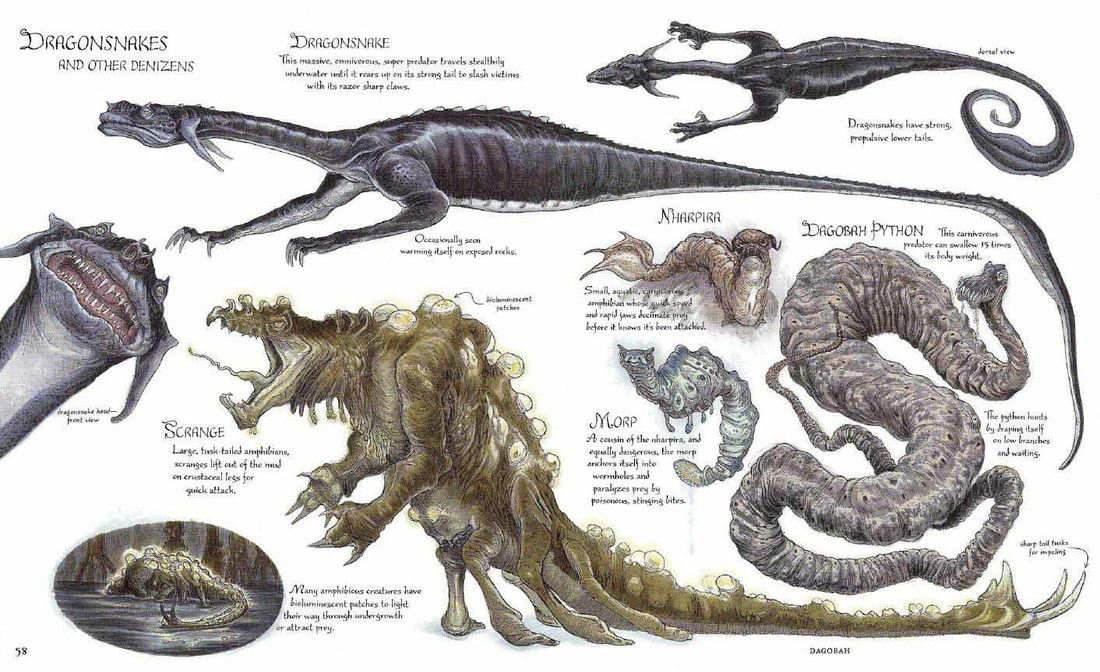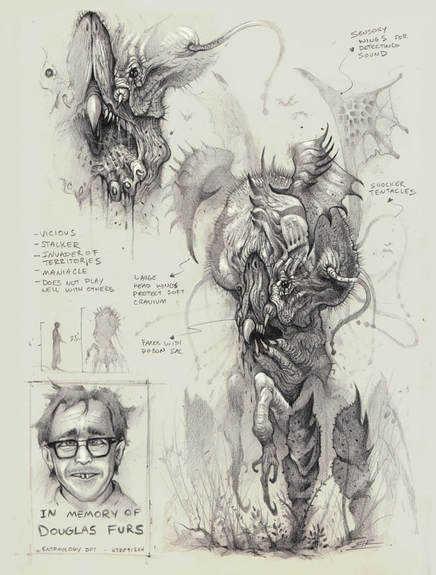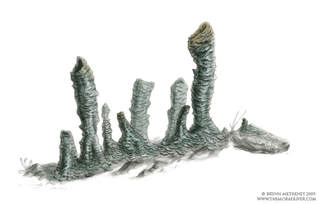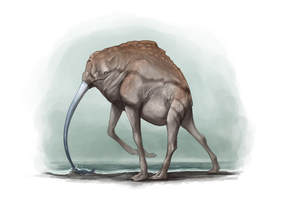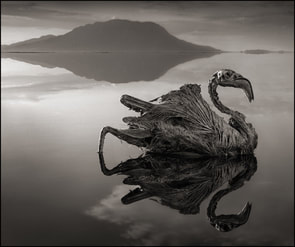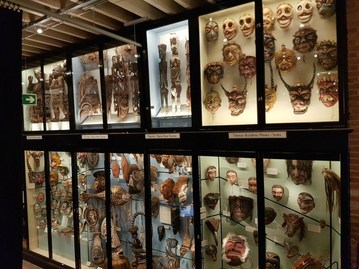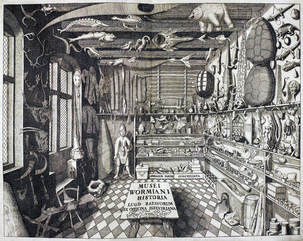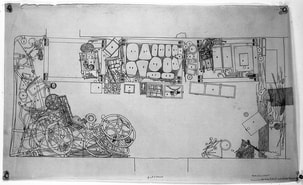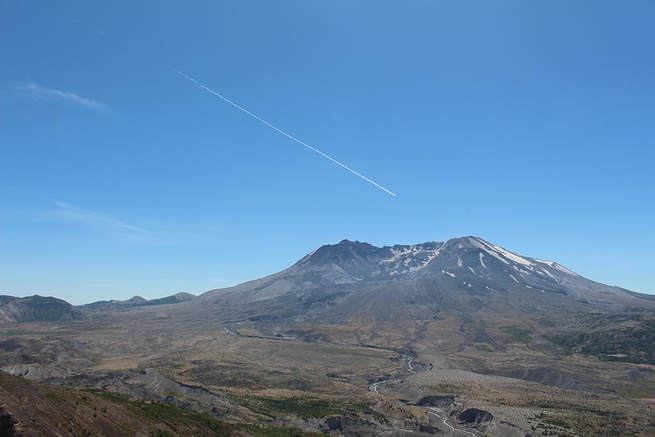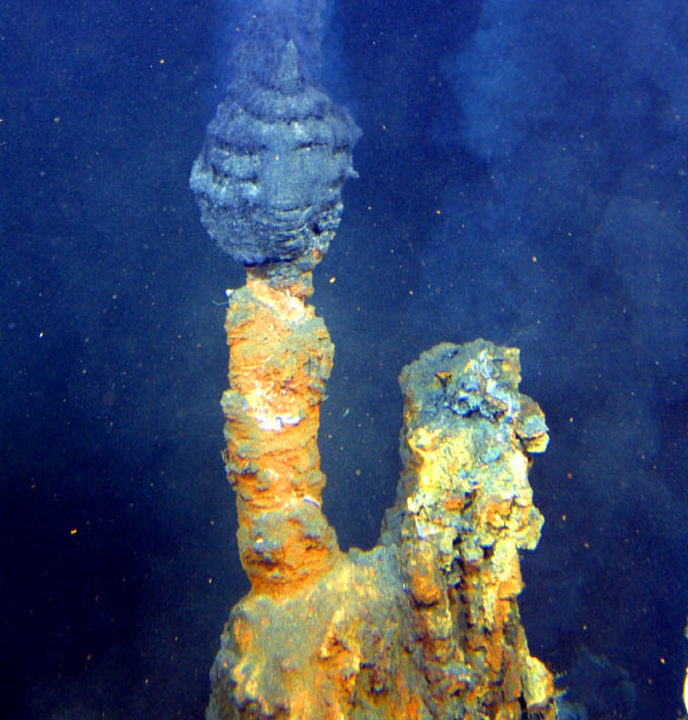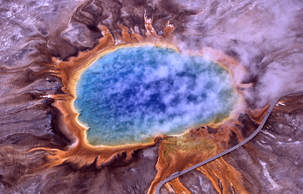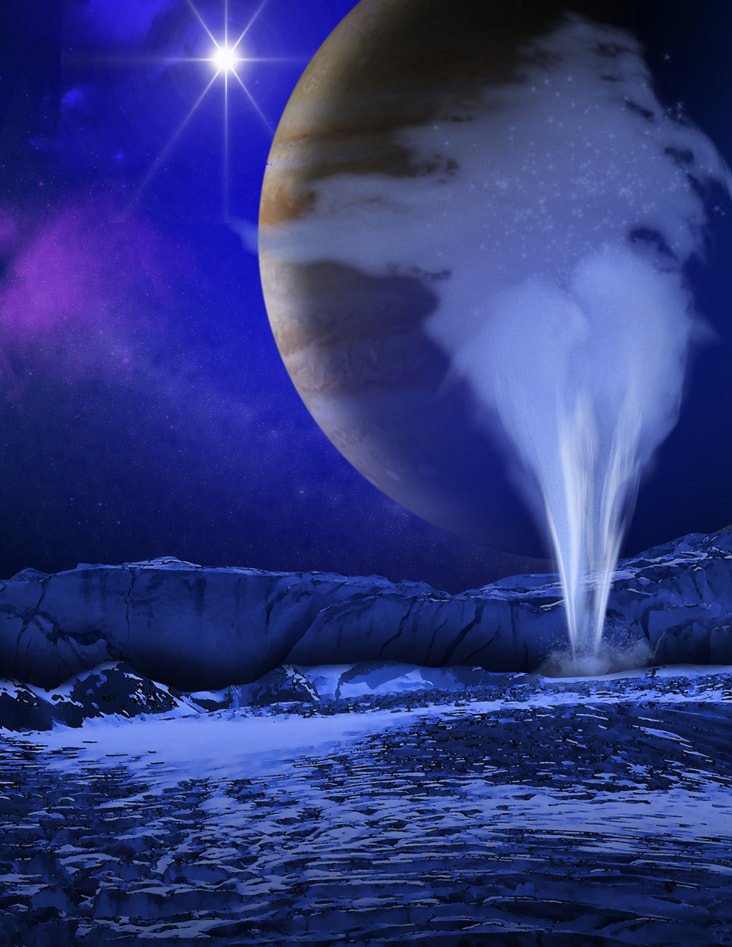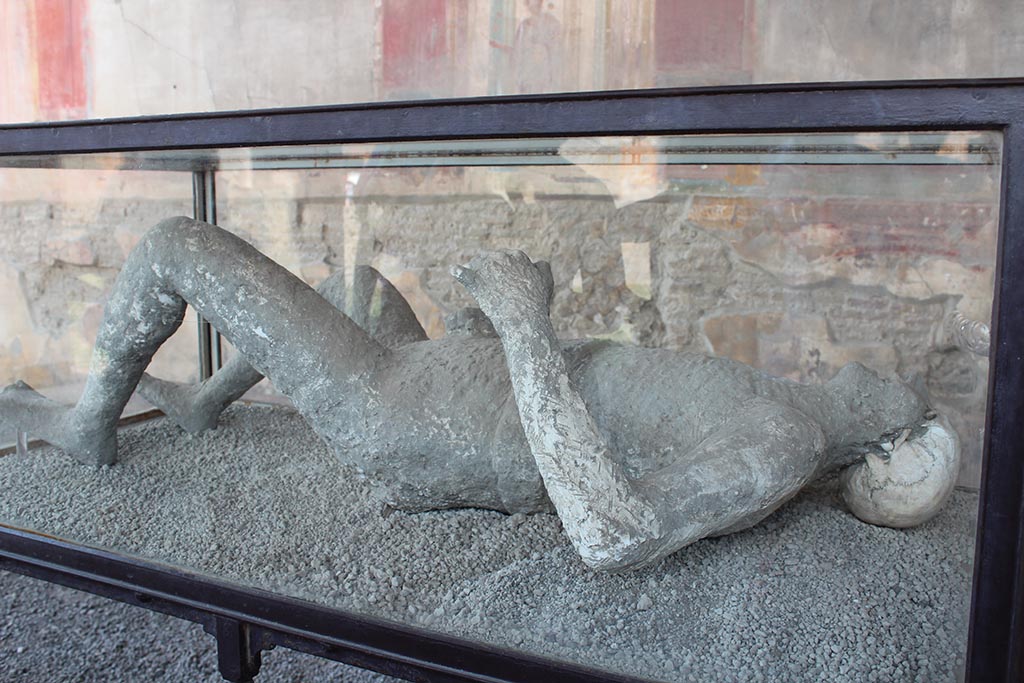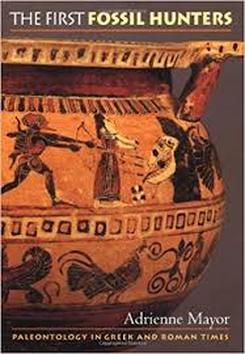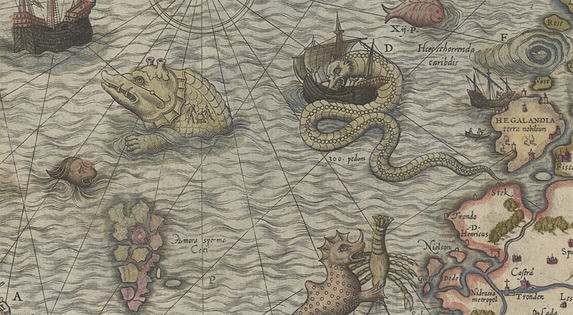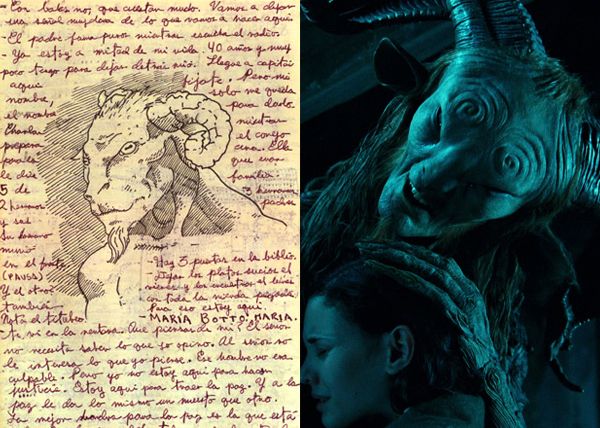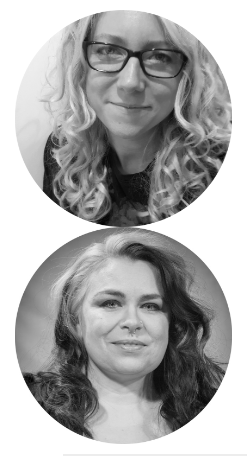|
Rosemary It has been a fantastic few weeks so far! Jill and I have been brainstorming ideas around creating a narratively driven speculative world, filled with creatures, inspired by Jill’s research and fieldwork memories. Below is a breakdown of some of our thoughts, inspiration and possible directions so far. Echolocation
Part of Jill’s research is using radar to study Bezymianny Volcano in Russia. We have been discussing how echolocation could evolve further in animals. Several questions arise from the speculative evolution of echolocation:
Creature Design: Speculative Biology
We’re playing with the idea of setting the narrative around planetary exploration and therefore a speculative world and its flora and fauna will need to be visualised through concept art. I have been researching other Creature Designers that have created believable worlds. Terryl Whitlatch, Bobby Rebholz and Brynn Metheney have created great Speculative Biology projects.
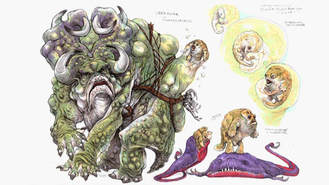 "The Wildlife of Star Wars" by Terryl Whitlatch "The Wildlife of Star Wars" by Terryl Whitlatch
The Wildlife of Star Wars “A Field Guide” by Terryl Whitlatch A big inspiration for how the narrative may be visualised is The Wildlife of Star Wars: A Field Guide by Terryl Whitlatch and Bob Carrau. We enjoy the sketchy style and the informative annotations as if the book is a set of ‘field notes’ exploring the various planets.
The Morae River by Brynn Metheney Brynn Metheney created various flora and fauna to exist in her fictional ecosystem, The Morae River. Creature Design: Mythology
The examples of Speculative Biology above are focused more on the creation of imaginary animals that still have real-world plausibility and are adapted to their environment. Another approach to our narrative would be to personify geological phenomena into mythological creatures. For example, a volcano could be an unfathomable mythological creature, much like a god. The work of Studio Ghibli often features god-like creatures such as the forest spirit from Princess Mononoke (1997).
Dark Fantasy/Horror
The genre of our narrative will have a dark fantasy/horror flavour because we are both fans of H. P. Lovecraft. Below I have outlined some more inspiration from the darker side of Creature Design. 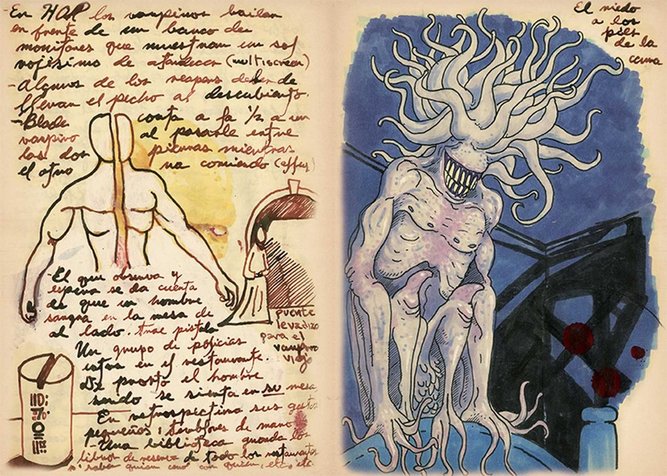 Guillermo del Toro’s journal pages Guillermo del Toro’s journal pages
Guillermo del Toro’s Journals Guillermo del Toro’s journals are great inspiration for a darker fantasy/horror interpretation of ‘field notes’. 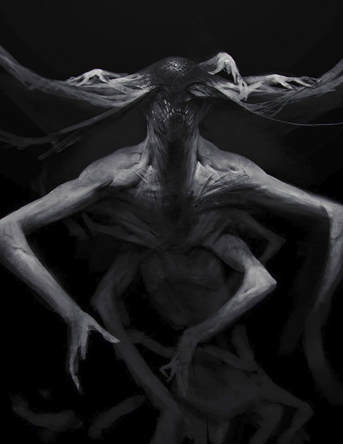 The nightmarish sketches of Anthony Jones The nightmarish sketches of Anthony Jones
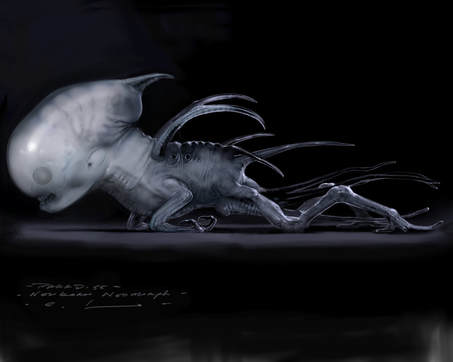 The alien hybrids of Carlos Huante The alien hybrids of Carlos Huante
Remains: Anatomy of a Planetary Expedition
For the output of this residency we have discussed the possibility of an interactive exhibition. Looking at the inspiration below we are thinking of ways to visualise and document the discoveries of the fictional expedition in a pseudo-scientific way.
Drawing Experimentation
To bring in some experimentation and drawing as inquiry into the collaboration, I will be ‘free drawing’ to the sounds of the galaxy to get into the zone. I will share the experiments next week!
Learning Goals
Working with Jill so far has been amazing. We share many of the same aesthetic interests which has made the initial brainstorming phase very fruitful! I hope to learn from Jill’s scientific approach to projects. Also, she will be giving me a crash-course in Volcanology. This will be fascinating and inspiring for developing creatures that are adapted to living in the different environments created by Volcanoes.
Jill
Brainstorming Our Project
To get the ball rolling on our project we spent the last couple of weeks brainstorming over Skype. Rose is in the UK and I’m in Alaska so I’m usually waking up with a couple cups of coffee and she is home after a day at work. We have had great fun discussing a lot of potential ideas and seeing where our curiosities overlapped. We were paired for our interest in storytelling, the environment, and the creatures that inhabit them.
Biodiversity in Volcanic TerrainsVolcanoes are powerful destructive forces but also bring fertile ground and new life after eruptions. We discussed different volcanic systems, biological diversity, and historical events. Places such as Mount St Helens, Washington and Kasatochi Island, Alaska have well documented studies on the ecological succession and the reintroduction of species after volcanic eruptions. https://alaska.usgs.gov/science/kasatochi/
Volcanic hot springs and hydrothermal vents could have supported early microbial life on Earth and possibly on other planets.
Extremophiles are organisms that have adapted to extreme temperatures or geochemical environments and can be found in volcanic landscapes in the deep ocean and in thermal springs such as the Grand Prismatic Spring at Yellowstone.
Jupiter’s icy moon Europa is one of the most likely candidates for life beyond Earth in the solar system. Research suggests oceans could lie beneath its frozen surface and may have the ingredients necessary to support life.
Documentation and History
We liked the idea of using field notes to chronicle a hypothetical expedition. I’ve been going back through old field books and freewriting to recall experiences. For a historical slant, we can pull from ancient eruptions, environmental mythological events, historical maps, and Lovecraft works.
The ancient city of Pompeii, Italy was destroyed in AD 79 by the eruption of near-by Mount Vesuvius. This location is well known for its preserved body casts of the victims who perished in the eruption. Geomythology
An intriguing area of research, geomythology, looks at the science of recovering ancient folk traditions about natural processes or events to find the geological and environmental origins to mythology.
Mythological Creatures in Maps
Historical cartography features some fantastic creatures in areas of dangerous or uncharted territory.
Geology in Lovecraft
“At the Mountains of Madness” is an epic haunting tale by H.P. Lovecraft. A geologist leads an expedition to Antarctica, they discover an ancient alien civilization, destruction and insanity ensues. Have a listen to this riveting BBC 7 Radio production, rich with geologic details and cosmic horrors. https://archive.org/details/AtTheMountainsOfMadnessBBCTGGMix
Film Inspiration
We have been thinking about what a soundtrack for this collaborative project might be. Starting with the eerie sounds of the solar system. https://solarsystem.nasa.gov/galleries/audio
Aesthetically and creatively we both have a great fondness for alternate worlds with a dark setting. Think Jim Henson’s “The Dark Crystal” or Guillermo del Toro’s “Pan’s Labyrinth”.
|


